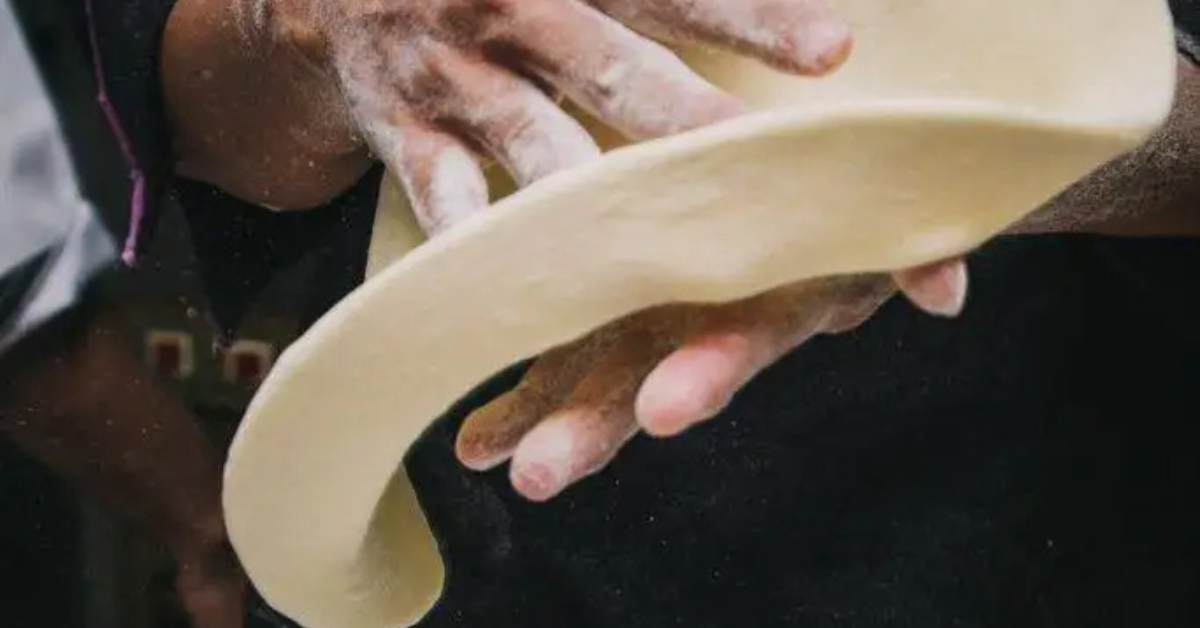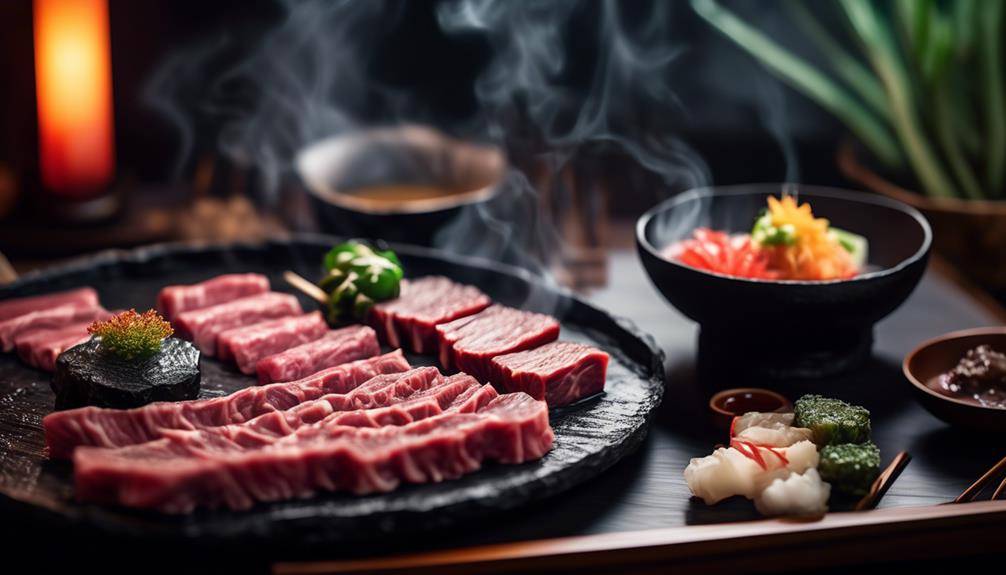The Rich History and Origins of Sweet Potato Pie

A Slice of Culture and Comfort
Rich History and Origins of Sweet Potato Pie; Few desserts evoke the depth of cultural heritage and personal nostalgia quite like sweet potato pie. With its silky texture, warm spices, and unmistakable orange hue, this classic Southern dessert has long been a symbol of African American culinary tradition and holiday celebration. More than a treat, sweet potato pie tells a story of adaptation, survival, and pride—woven into the American tapestry by the hands of enslaved Africans, refined by generations of home cooks, and carried forward with love.
While pumpkin pie often takes center stage in mainstream holiday spreads, sweet potato pie is the cherished crown jewel in countless Black households, especially during Thanksgiving and Christmas. It represents not only a flavorful dessert but also a cherished heirloom passed through time. The history of sweet potato pie, much like the dish itself, is rich, layered, and deeply rooted in both the African diaspora and Southern American history.
African Roots and the Arrival of the Sweet Potato
To understand the origins of sweet potato pie, we must first examine the historical journey of the sweet potato itself. Though often associated with American cuisine, the sweet potato originated in Central and South America thousands of years ago. Indigenous peoples cultivated it long before European colonization.
However, the sweet potato became a culinary cornerstone of African American foodways largely due to the transatlantic slave trade. As enslaved Africans were forcibly brought to the Americas, they encountered the sweet potato, which bore a strong resemblance to yams—an essential staple in West African diets. Although true yams (Dioscorea species) differ botanically from sweet potatoes (Ipomoea batatas), the two vegetables are often used interchangeably in African-descended cuisines due to their similar texture and role in traditional dishes.
This substitution marked the beginning of the sweet potato’s integration into African American cooking. Enslaved cooks, tasked with feeding both themselves and their enslavers, drew upon ancestral knowledge and adapted available ingredients to recreate familiar flavors and techniques. Over time, sweet potatoes were roasted, mashed, stewed, and eventually baked into pies.
Colonial Influence and the Rise of the Custard Pie
The tradition of pie-making in the American colonies was heavily influenced by European settlers, particularly the English, who brought with them recipes for both savory and sweet pies. These early pies were often rustic and practical, designed to stretch ingredients and preserve them.
Among these was the custard pie—a dish made from milk, eggs, and sugar, baked into a flaky crust. African American cooks, well-versed in working within the households of wealthy colonists, learned European pie-making techniques and began to infuse them with their own ingredients and flavors. Sweet potatoes, already favored for their sweetness and availability, naturally replaced other pie fillings, resulting in the earliest versions of sweet potato custard pies.
These early pies were simple but deeply satisfying. Mashed sweet potatoes blended with milk, eggs, and spices like nutmeg and cinnamon created a smooth, aromatic filling. Over generations, cooks perfected the texture and spice balance, turning the once-humble pie into a treasured family tradition.
A Symbol of Resilience: Sweet Potato Pie in the Antebellum South
During the antebellum period, sweet potato pie solidified its place in Southern cuisine. It was cheap to make, nutritious, and versatile—an ideal dessert in both plantation kitchens and humble slave quarters. For enslaved African Americans, the pie was more than sustenance; it was a quiet form of resistance and cultural preservation.
Despite harsh conditions and limited resources, enslaved people found ways to create delicious and nourishing meals. Sweet potato pie became an act of pride—a dish made with care that celebrated their ingenuity. Passed down orally, recipes often varied from family to family, with each cook adding their personal twist.
After emancipation, many formerly enslaved cooks found work in domestic kitchens, bringing their culinary knowledge into Southern homes. As a result, sweet potato pie continued to flourish, maintaining its position as a comfort food and symbol of African American identity.
The Holiday Staple and Cultural Emblem
By the early 20th century, sweet potato pie had become a staple at African American holiday tables. As Thanksgiving gained popularity nationwide, Black families embraced the holiday while incorporating their own traditional foods, with sweet potato pie at the center of the dessert spread.
In contrast to pumpkin pie, which is more commonly associated with mainstream American culture, sweet potato pie holds special meaning within African American communities. It represents a connection to ancestors, a celebration of heritage, and a tribute to the resilience of Black cooks through centuries of struggle and triumph.
The pie’s preparation is often a family affair—an intergenerational ritual where grandmothers, mothers, and daughters (and increasingly, sons) share stories and techniques while baking. This transfer of knowledge helps preserve not only recipes but also the history and values tied to the dish.
Popularization and Modern Interpretations
While sweet potato pie has always enjoyed deep cultural significance, its national recognition has grown in recent decades thanks to media, cookbooks, and celebrity chefs. Figures like Edna Lewis, Patti LaBelle, and Carla Hall have elevated the pie’s profile by featuring it in cookbooks and on television, showcasing its richness to broader audiences.
Patti LaBelle’s famous sweet potato pie, which went viral in 2015 thanks to a YouTube review, introduced many new fans to the dessert. Its popularity resulted in sold-out shelves at Walmart and sparked a renewed appreciation for this soulful dish. That moment underscored the pie’s ability to connect across cultures, evoke nostalgia, and stir curiosity about its roots.
Today, sweet potato pie appears in gourmet bakeries, food blogs, and even high-end restaurants. Chefs experiment with crusts made from gingersnaps or pecans, infuse the filling with bourbon or maple syrup, or serve it with brûléed tops and whipped mascarpone. Despite these modern variations, the essence of the pie remains grounded in warmth, tradition, and authenticity.

Sweet Potato Pie Recipe
Ingredients
- Ingredients:
- 1 unbaked 9-inch pie crust store-bought or homemade
- 2 cups mashed cooked sweet potatoes from roasted or boiled sweet potatoes
- 1/2 cup unsalted butter softened
- 3/4 cup granulated sugar
- 1/4 cup brown sugar
- 2 large eggs
- 1/2 cup whole milk or evaporated milk for richness
- 1 teaspoon vanilla extract
- 1/2 teaspoon ground cinnamon
- 1/2 teaspoon ground nutmeg
- 1/4 teaspoon salt
Instructions
- Instructions:
- Preheat oven to 350°F (175°C).
- In a large mixing bowl, combine the mashed sweet potatoes and butter. Beat until smooth.
- Add sugars, eggs, milk, vanilla, and spices. Mix until well combined and creamy.
- Pour the filling into the unbaked pie crust and smooth the top with a spatula.
- Bake for 55-60 minutes, or until the center is set and a toothpick inserted comes out clean.
- Let cool completely on a wire rack before serving. Serve with whipped cream if desired.
Rich History and Origins of Sweet Potato Pie: More Than a Dessert
Sweet potato pie is more than just a dessert—it’s a cultural artifact, a link to the past, and a celebration of Black culinary excellence. Its story is one of transformation: from a tropical tuber to a Southern staple, from sustenance to symbol. Each slice offers not only rich flavor but also a taste of history, resilience, and love.
As we continue to explore and honor diverse food traditions, sweet potato pie stands out as a shining example of how cuisine can preserve heritage and connect generations. Whether served at a bustling family gathering or enjoyed in quiet reflection, this pie remains a testament to the enduring spirit of those who created and cherished it.
So next time you savor a bite of sweet potato pie, know that you’re tasting more than sugar and spice—you’re experiencing centuries of culture, adaptation, and unyielding pride.








